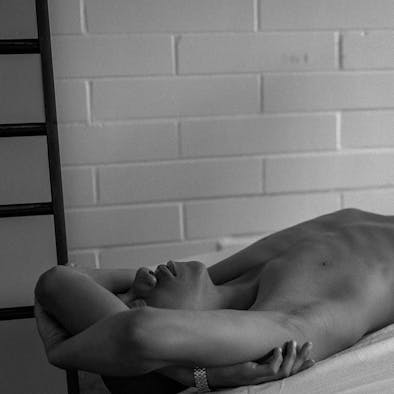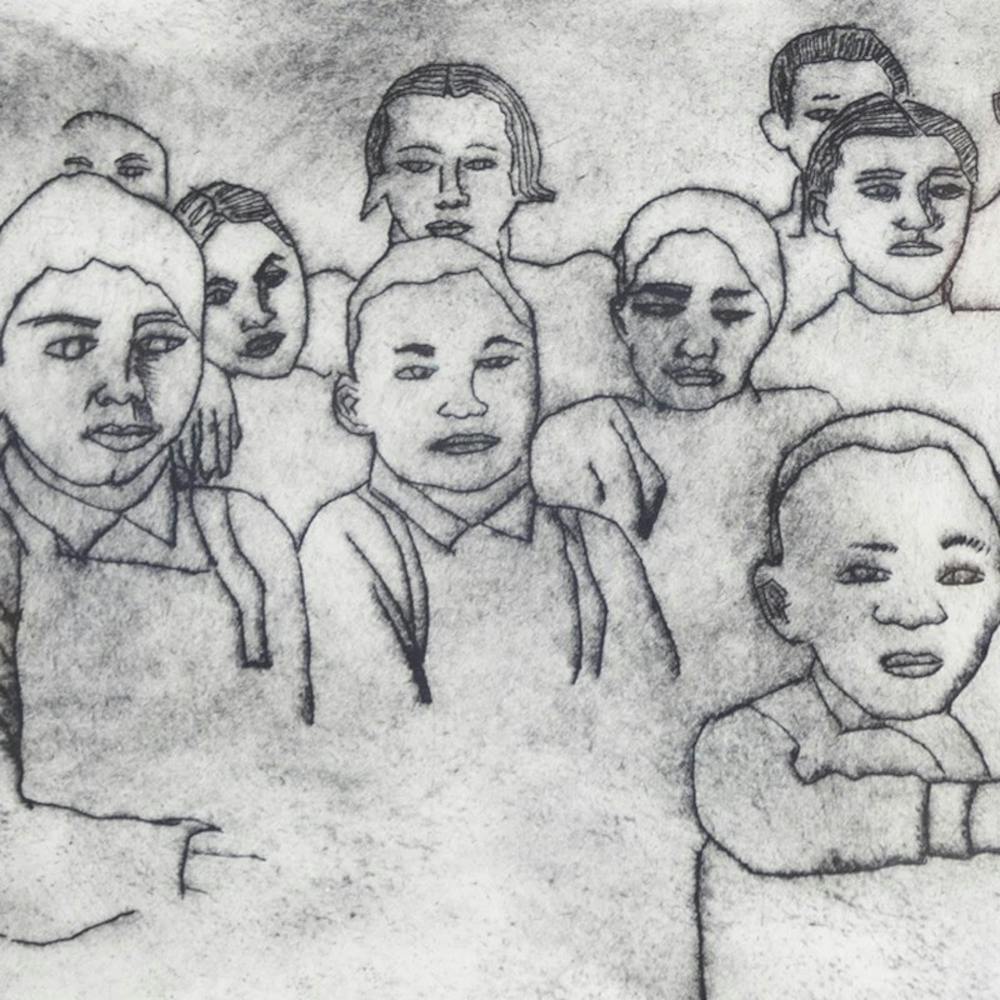Brutal colonialist practices and white supremacy have suppressed the culture and relationship of Black and Indigenous communities for centuries, leaving many members from younger generations disconnected from their mother tongue, lineage and dual identity.
To strengthen kinship and acknowledge Black and Indigenous identities, the National Museum of the American Indian (NMAI) “Ancestors Know Who We Are” exhibit affirms how Western standards of isolating identities can’t diminish or silence the unified and outspoken connection of the Black-Indigenous community.
Anya Montiel, curator of the exhibit, brought together the works of six Black-Indigenous women artists who reflect various aspects of intersectionality, the harms of patriarchal oppression and standards and the solidarity between Black and Indigenous communities as they fight for collective liberation.
The exhibit features artwork from various mediums and includes essays from Black-Indigenous scholars and activists reflecting on topics such as art in relation to gender and identity and Black and Native Futurity — the need to reclaim stolen land and prevent alienation from one’s culture to secure a future for Black and Indigenous communities.
“In the United States, we often discuss Black and Native peoples as separate groups and peripheral to white people,” said Fariza Nzinga, a teacher-scholar in residence at the Bell Hooks Institute at Berea College. “This narrow framing ignores shared histories, erases blended families, keeps relatives isolated and alienated from one another and falls into the trap of centering the white experience.”
Moira Pernambuco, one of the artists featured, has illustrated Black and Native academic theory through her photography series "Black Boy Beautiful, Black Boy Vulnerable,” depicting the harmful effects of white patriarchal standards on Black-Indigenous men.

"Troy" by Moira Pernambuco
In the photograph “Troy,” a man is depicted leisurely sleeping on a bed with his arms crossed over his eyes, displaying a peaceful vulnerability. As a result of targeted police violence and harsh standards for masculinity, putting one’s guard down can be dangerous and life-threatening for Black men.
Kyle T. Mays, an Afro-Indigenous writer and scholar, reflects on this photograph and relates it to his personal experience: “Looking at the photograph of ‘Troy,’ I am reminded of being told as a young boy that ‘sleep is the cousin of death’... Seldom do we tell Black men to rest and relax, to proactively take care of our bodies and minds. ‘Troy’ reminds us that the act of self-care is, in truth, a masculine act and necessary to the path of resistance.”
Pernambuco’s photos resist patriarchal standards created by white supremacy and seek to document the history of Black-Indigenous people, since their history has been destroyed by colonizers. Pernambuco said in an interview with the NMAI how she doesn’t know who her African ancestors are and therefore asserts the existence of Black-Indigenous people through her art.
The artwork of Pernambuco and others displays the importance and necessity of unity across communities to fight for social justice and liberation from white supremacy. “Ancestors Know Who We Are” shows how although history has been erased and stolen from Black-Indigenous people, creators have used art to dismantle Western definitions and hierarchies of race while also celebrating their multiple identities.
The digital exhibition can be viewed here.





